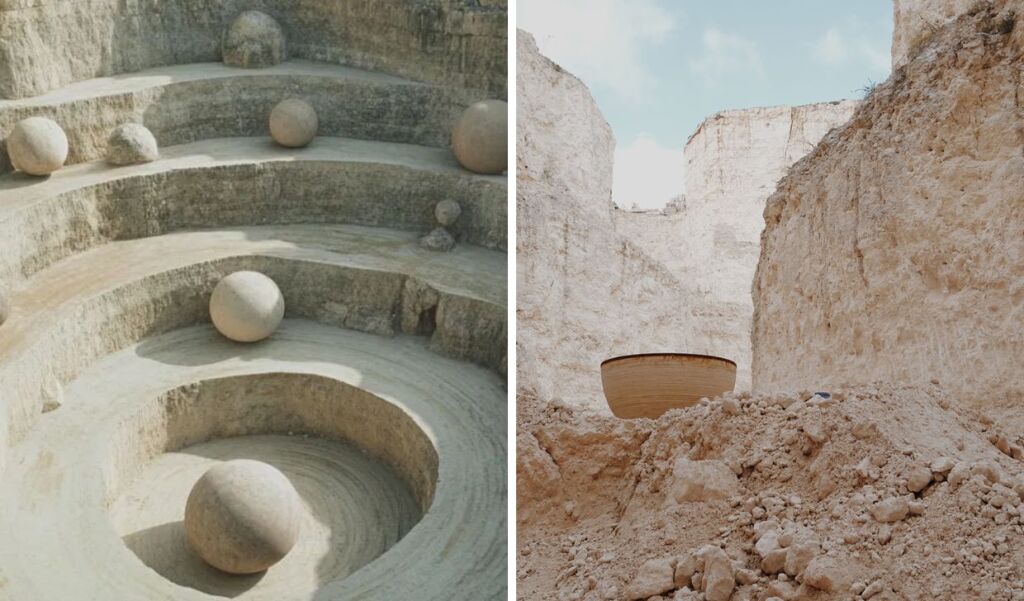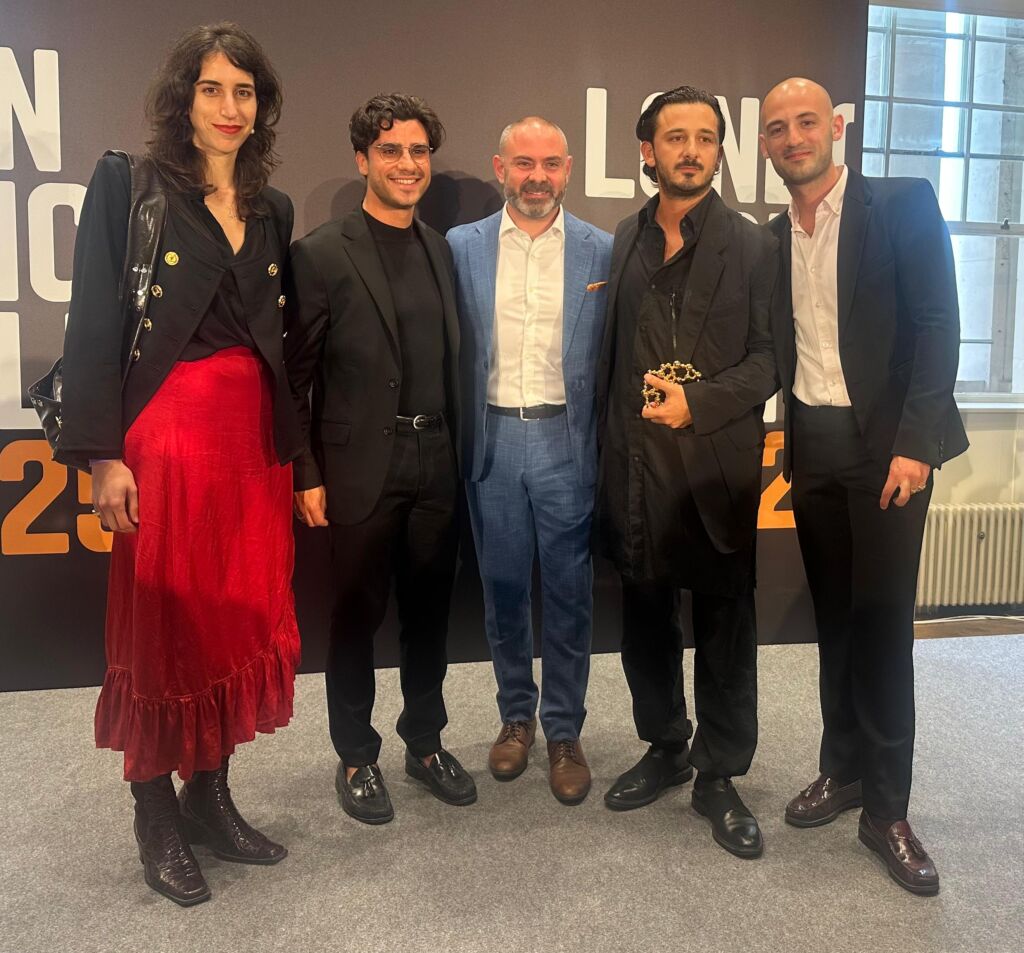Malta Wins Gold At London Design Biennale With Bold URNA Installation

Malta has just won the top medal at the 2025 London Design Biennale, standing out from among 50 global participants with a powerful and provocative installation titled URNA.
This marks Malta’s second time taking part in the prestigious Biennale and this time, it took home the gold.
URNA explores a culturally significant theme: how we manage human remains, imagining an artistic future for cremation in Malta. The installation was spearheaded by curator Andrew Borg Wirth, architects Anthony Bonnici and Thomas Mifsud from Ebejer Bonnici, artistic director Matthew Attard Navarro from ANCC Studio, Maltese artist Stephanie Sant, French photographer Anne Immelé, and Cypriot architect Tanil Raif.
View this post on Instagram
Speaking about the win, Minister for Culture Owen Bonnici said Malta is heavily investing in the arts and it shows.
“Every time the government invests in Maltese artists, they make Malta proud,” said Bonnici, describing URNA as a bold and provocative project that captures the true purpose of art: challenging the status quo.
The project comes as the Malta Arts Council celebrates its 10th anniversary. Over the last decade, the council has pumped more than €28 million into the sector, transforming it into a thriving, professional industry that’s gaining international recognition.
Chairman Albert Marshall described the Biennale as an extraordinary opportunity, saying the council is honoured to once again act as Malta’s Commissioner. He emphasised URNA’s strong Maltese identity, from its use of reconstructed globigerina limestone, a local natural resource, to its sustainable and innovative design approach.
Architects Anthony Bonnici and Thomas Mifsud explained how each ring in the large sculptural sphere represents a single soul, echoing Malta’s own sedimentary stone layers. Created in collaboration with Tanil Raif, the sculpture proposes a new funerary landscape for Malta using a new material by Halmann Vella called Recobel. The installation flips the traditional urn on its head, transforming it into a communal object.

The pavilion also features a film by Stephanie Sant, known for her work in both filmmaking and performance art, and a book curated by Matthew Attard Navarro that documents the full process of the project, from research and design to student contributions and essays by the creative team. French photographer Anne Immelé also contributes a photo essay within the publication.
Curator Andrew Borg Wirth described URNA as a multidisciplinary collaboration tackling an important social shift. As cremation becomes a reality in Malta, URNA offers a new object and ritual for remembering the dead.
URNA was commissioned by the Malta Arts Council and made possible with the support of Halmann Vella, Gasan Foundation, Heritage Malta, the French Embassy in Malta, Malta Enterprise, Visit Malta, KM Malta Airlines and other partners.
Well done to everyone
